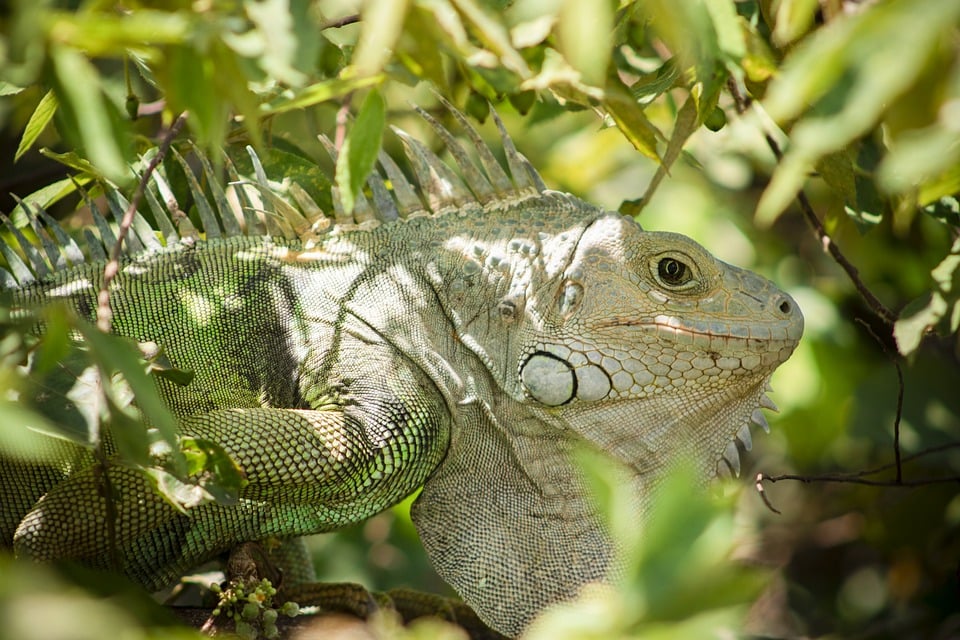Bdelloid rotifers, tiny freshwater animals, have been discovered to protect themselves from infections by utilizing antibiotic recipes „stolen“ from bacteria, as per recent research conducted by a team from the University of Oxford, the University of Stirling, and the Marine Biological Laboratory (MBL) in Woods Hole.
These microscopic creatures, known as bdelloid rotifers or ‚crawling wheel-animals,‘ possess essential anatomical features like a head, mouth, gut, muscles, and nerves, despite being smaller than a hair’s breadth. When faced with fungal infections, the study revealed that these rotifers activate hundreds of genes obtained from bacteria and other microbes. Some of these genes are responsible for producing resistance weapons such as antibiotics and other antimicrobial agents within the rotifers.
The research team’s findings, published in Nature Communications, shed light on the unique ability of rotifers to acquire and utilize genes from their environment for self-defense. This phenomenon of gene transfer has been ongoing for millions of years, with rotifers incorporating DNA from various sources to combat diseases. This adaptive mechanism sets rotifers apart from other animals, as they possess a vast array of genes obtained from microbes for their defense.
The study’s co-author, David Mark Welch, a senior scientist at the Marine Biological Laboratory, highlighted the potential of rotifers in producing novel antimicrobials that could be less toxic to animals, including humans, compared to conventional antibiotics derived from bacteria and fungi. This discovery opens up new avenues for exploring alternative sources of antimicrobial compounds that could aid in combating drug-resistant infections.
Antibiotics play a crucial role in modern healthcare, and the study suggests that rotifers might be engaging in a similar process of natural antibiotic production. By mimicking the DNA sequences responsible for antibiotic synthesis in microbes, rotifers have demonstrated the capacity to produce antimicrobial compounds that help suppress fungal infections. This unique ability could offer valuable insights for developing new drugs to address antibiotic resistance, a growing concern in global health.
The genes acquired by rotifers from bacteria encode enzymes that assemble amino acids into non-ribosomal peptides, a class of molecules with potential antimicrobial properties. By understanding the mechanisms behind the synthesis of these compounds, researchers aim to identify multiple peptides produced by rotifers and explore their therapeutic potential.
One of the key advantages of studying rotifers lies in their ability to produce antibiotic chemicals that are less toxic and have fewer side effects compared to those derived from bacteria and fungi. This could pave the way for developing safer and more effective treatments for infectious diseases in humans and other animals.
The unique genetic makeup of rotifers, characterized by a high rate of gene transfer from microbes, raises intriguing questions about their evolutionary history and survival strategies. The absence of sexual reproduction in rotifers, leading to genetic homogeneity among individuals, may have driven the acquisition of foreign genes for combating infections. This adaptive response underscores the importance of genetic diversity in enhancing resilience against diseases.
In conclusion, the study on rotifers and their utilization of stolen genes for self-defense offers a fascinating glimpse into the intricate mechanisms of microbial gene transfer and antibiotic production in nature. By unraveling the genetic adaptations of these tiny creatures, researchers hope to uncover new possibilities for developing innovative treatments against drug-resistant infections. The remarkable resilience of rotifers serves as a testament to the ingenuity of nature in overcoming challenges through genetic diversity and adaptation.





